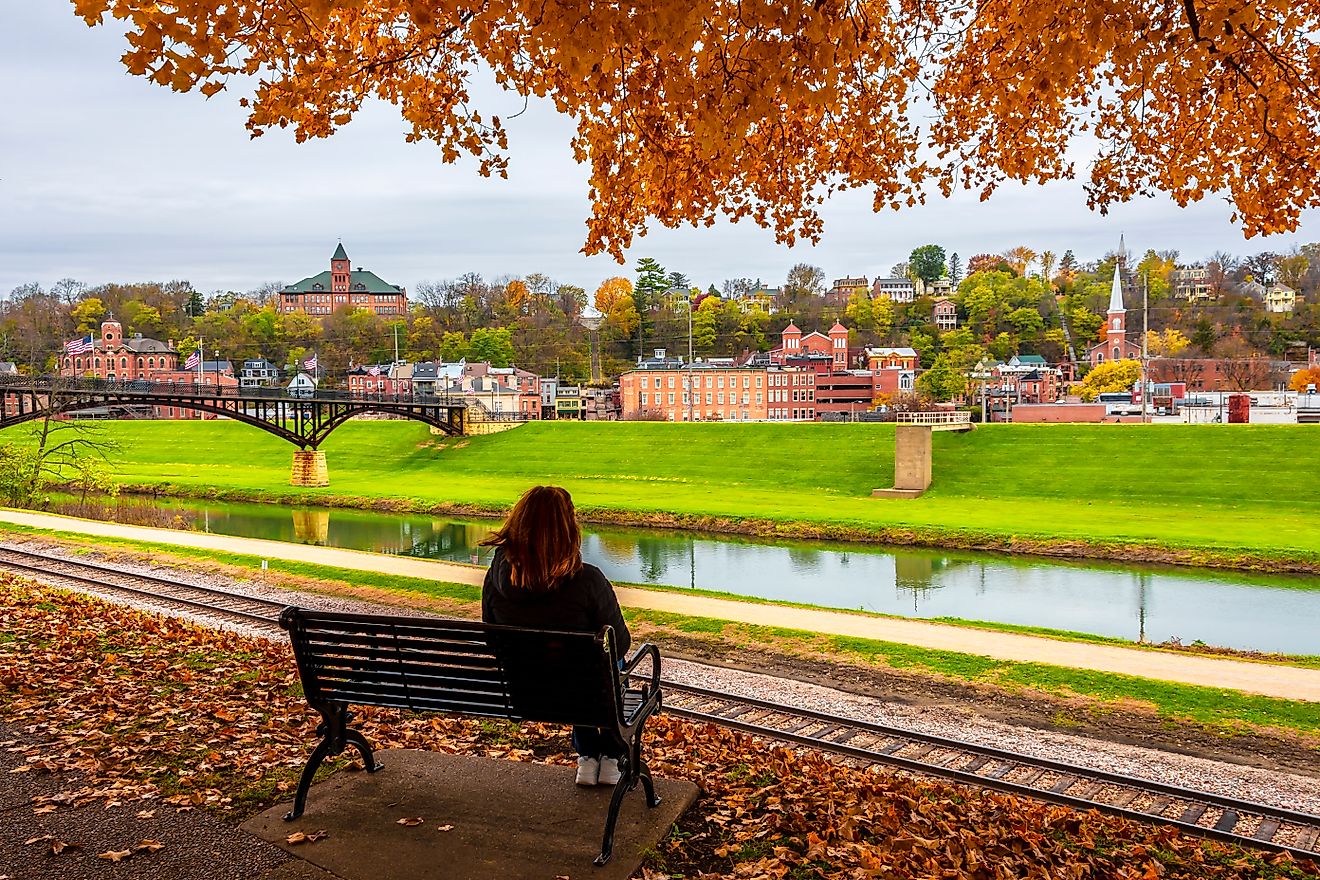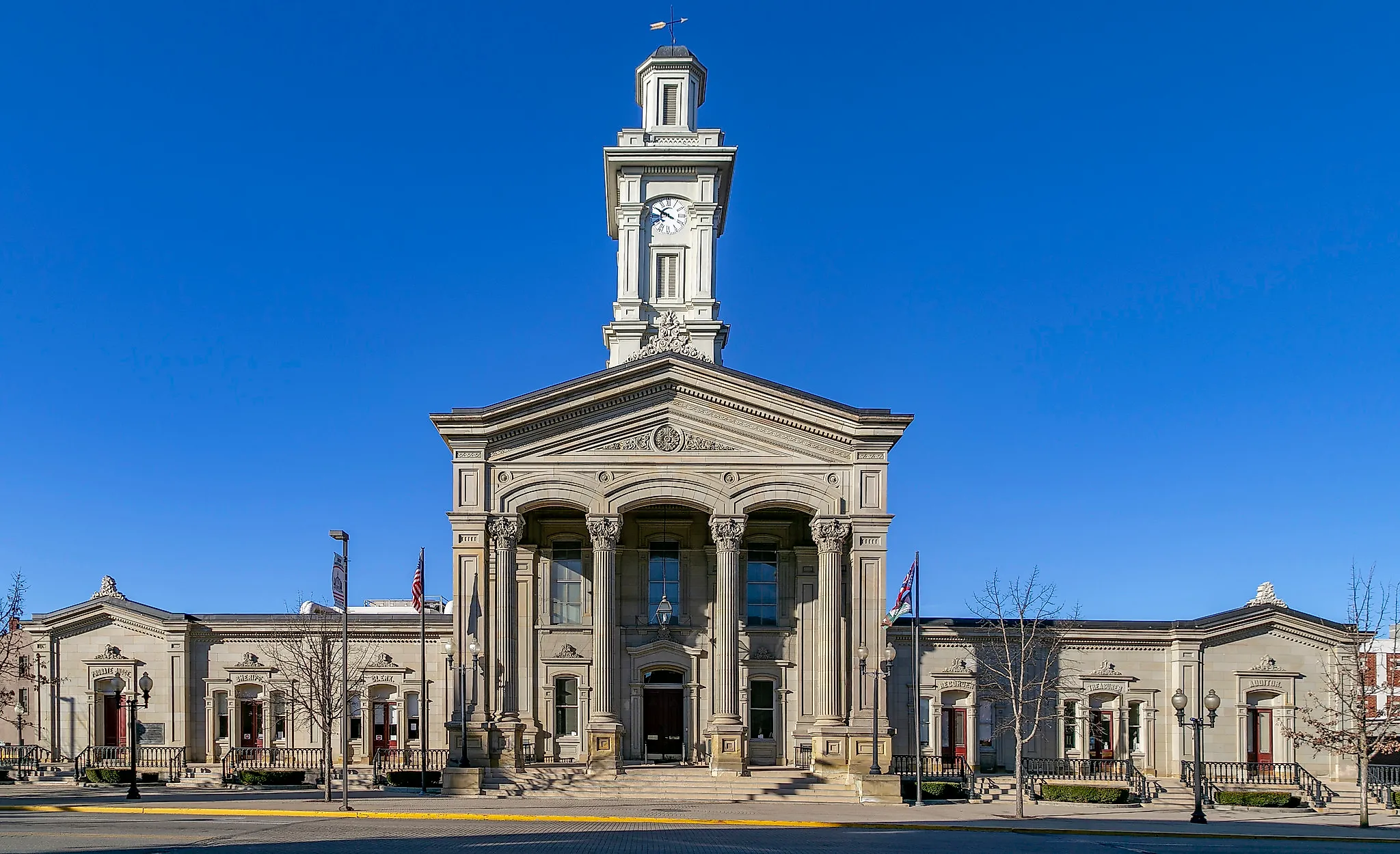
7 Ohio Towns That Echo The Past
Ohio might be known for its vast corn fields and the Rock and Roll Hall of Fame, but it also has a fascinating backstory that features significant historical events. Tracing its founding to the beginning of the 19th century, the Buckeye State boasts an intriguing heritage that endures in several of its well-preserved small towns. These hidden gems feel frozen in time with their old-world architecture, cobblestone streets, and historic mansions, providing a vivid glimpse of life in the early days.
Here, tourists can expect an eye-opening journey through time, with an opportunity to uncover stories etched into red-brick buildings, century-old inns, and quiet village greens away from the urban centers like Cleveland. Whether investigating the origins of the state in Marietta or exploring the antique shops and historic landmarks of Chillicothe, these Ohio towns invite you to step into the pages of living history.
Georgetown
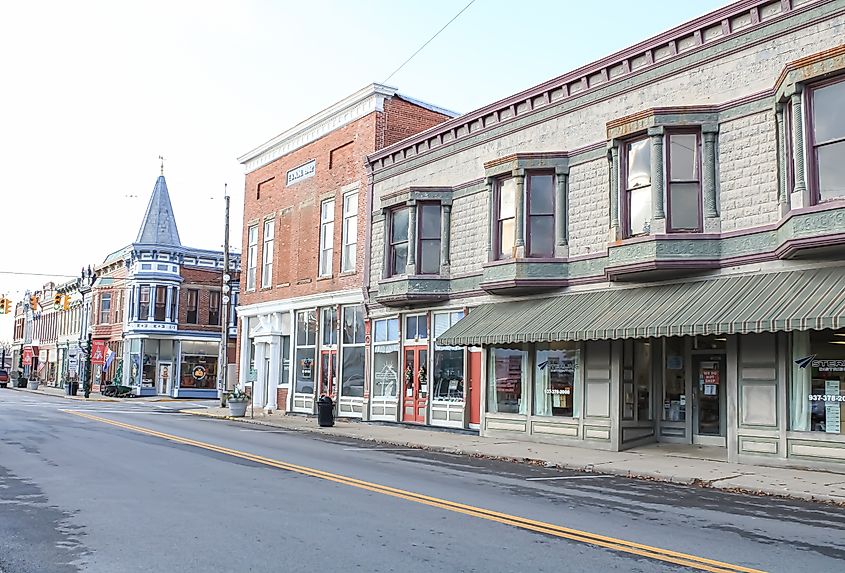
Georgetown is a laid-back village in Brown County whose claim to fame is being the childhood home of former United States president, Ulysses S. Grant. Tracing its founding to 1819, it offers a unique view of history through its many historical markers. The US Grant Boyhood Home and Schoolhouse invites historical tours exploring the formative years of America's 18th president and the atmosphere that shaped his character. Built in 1823, it displays a variety of personal memorabilia and relics from the period. Managed by the US Grant Homestead Association, the museum traces Grant's life as a Civil War general and President.
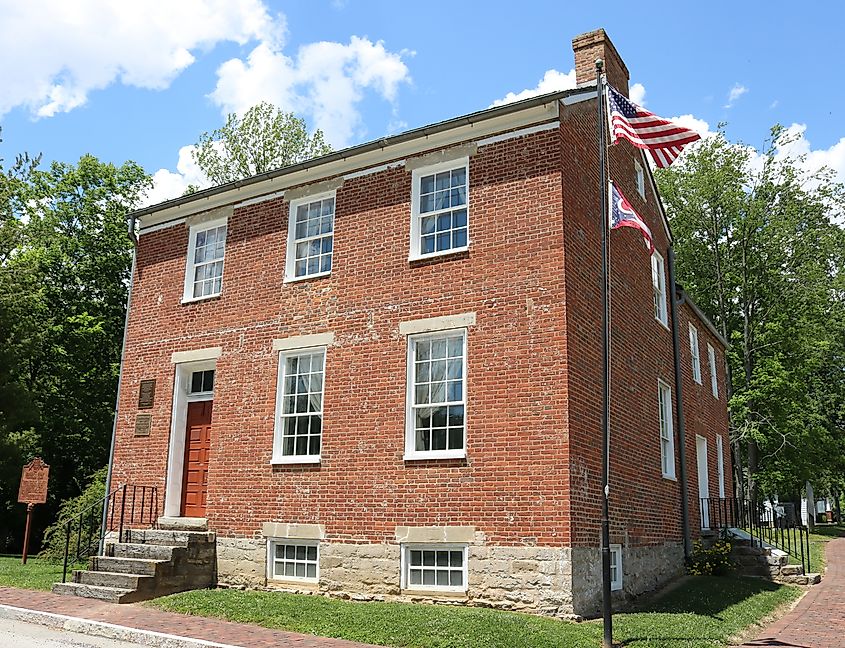
The town has further immortalized its iconic former resident with the US Grant Native Son Statue, an elaborate sculpture on display along Main Street, mounted on a granite base as a reminder of the community's history. Since the 1850s, Georgetown has also maintained an annual tradition of hosting the Brown County Fair, an excellent time for tourists and residents alike to participate in a longstanding event showcasing local agricultural heritage.
Marietta
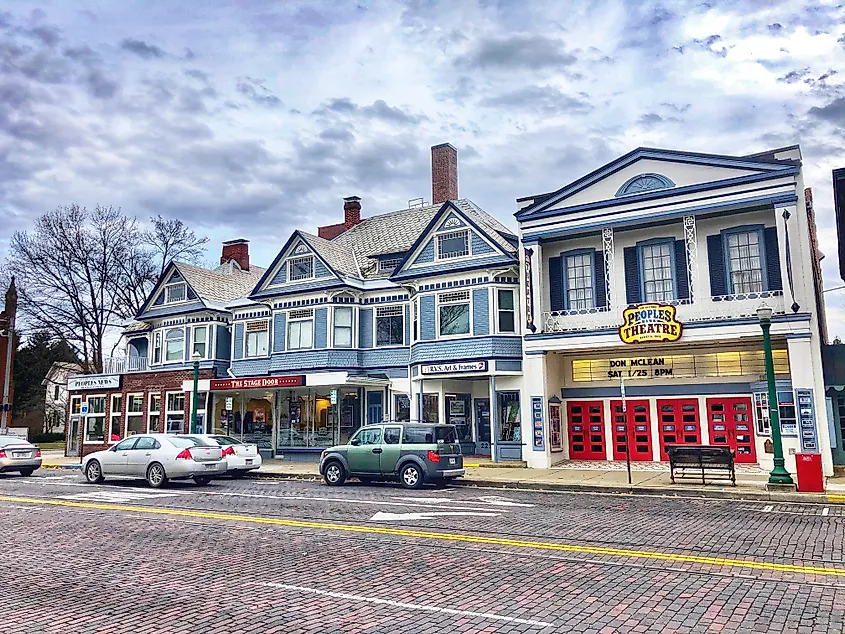
This unassuming riverside community on the banks of the Muskingum River transports visitors back to the very beginning of Ohio as a state. Marietta was established in the 1780s as the first settlement of the Northwest Territory, which later became Ohio. Today, tourists can tour the Campus Martius Museum, which recreates the civilian stockade built in the 18th century using two historical structures with a wealth of artifacts. Downtown Marietta is awash with rustic buildings and unique old-world architecture. The First Congregational Church is an excellent example. It was built in 1906 and features a beautiful Gothic Revival design.
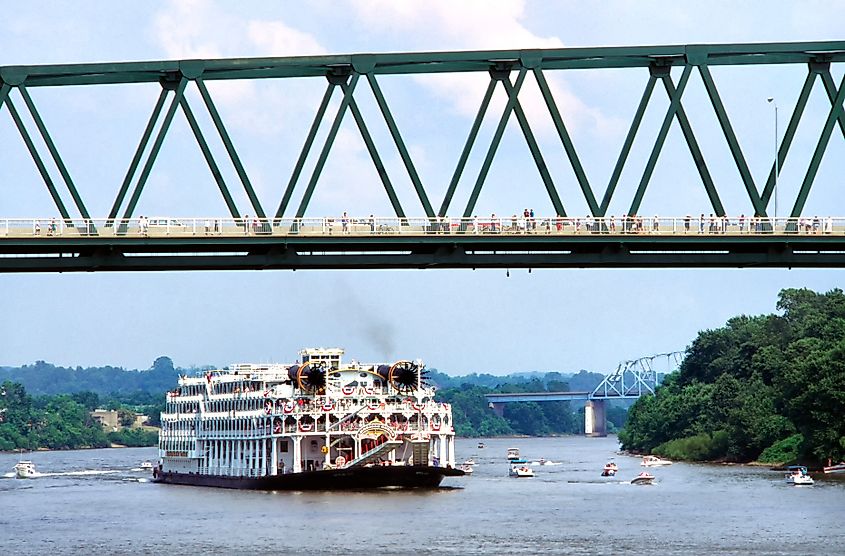
The Castle Historic House Museum provides another window into the past. Victorian architecture features classic design elements like an octagonal tower, stone-capped spires, and trefoil attic windows. Finally, you can experience Marietta's historical heritage while sleeping at the elegant Lafayette Hotel, the oldest hotel in Marietta and a town mainstay for over a century.
Chillicothe
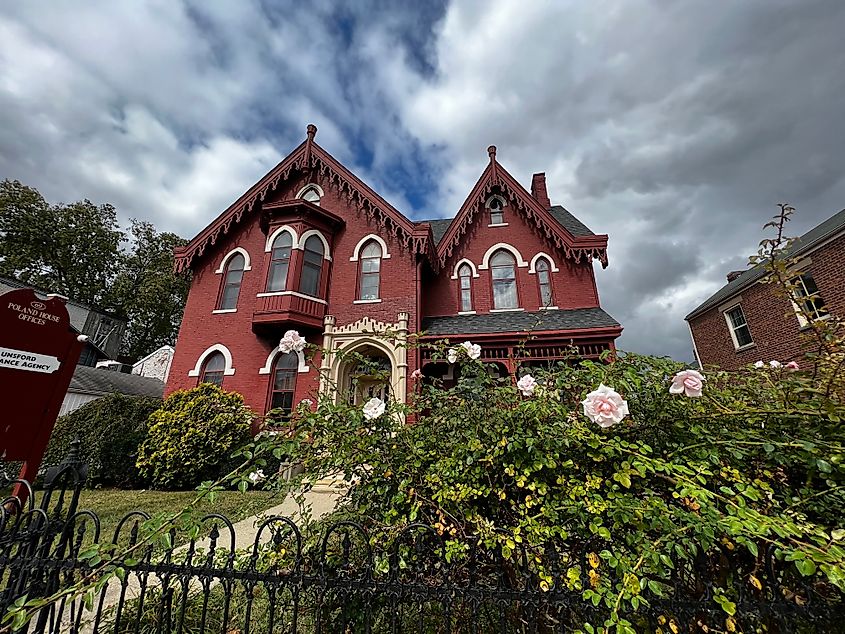
Before Columbia was named Ohio's capital, Chillicothe was the original state capital, founded by General Nathaniel Massie at the end of the 18th century and about 50 miles from the current capital, Columbus. It has a rich collection of historical markers that help preserve and share its unique heritage, starting with the Adena Mansion & Gardens Historic Site. On this 2,000-acre property, guests can tour the 1807 mansion constructed by Ohio's 6th governor for a feel of middle-class life in the 19th century. Meanwhile, the Hopewell Culture National Historical Park preserves earthworks and burial mounds sacred to Native Americans.
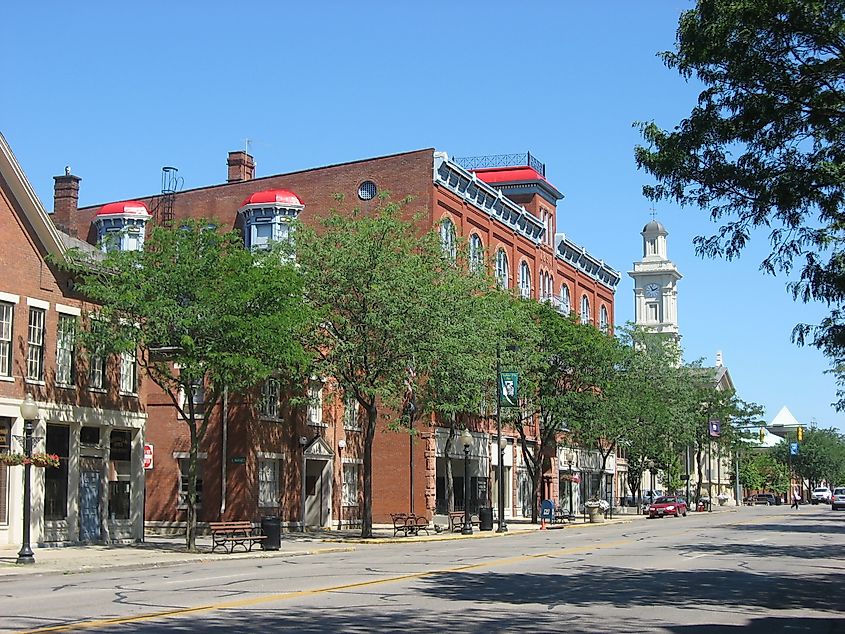
A broader view of Chillicothe's enduring history awaits travelers at the Ross County Historical Society, whose interactive exhibits range from early transportation and Civil War history to a reconstructed log house from the 1820s. Finally, you can discover interesting railroad history at the Railroad Museum, home to fascinating artifacts and authentic period memorabilia.
Greenville

Greenville's unique preservation of its historical markers makes it an Ohio town that truly echoes the past. Its rich heritage is intertwined with the Treaty of Greenville, which was signed at Fort Greene Ville. Today, you can visit this landmark site, a massive wooden fortification dating back to the 1790s. Greenville is also home to the Garst Museum, a world-class facility boasting over 300,000 artifacts related to early American life. The museum is also home to the National Annie Oakley Center and preserves the legacy of the lethal sharpshooter. Tourists will also be glad to visit Darke County's oldest existing industrial building. The historic Bear's Mill was constructed in 1849 and provides a sense of the technology our forefathers used in their daily lives.
Germantown
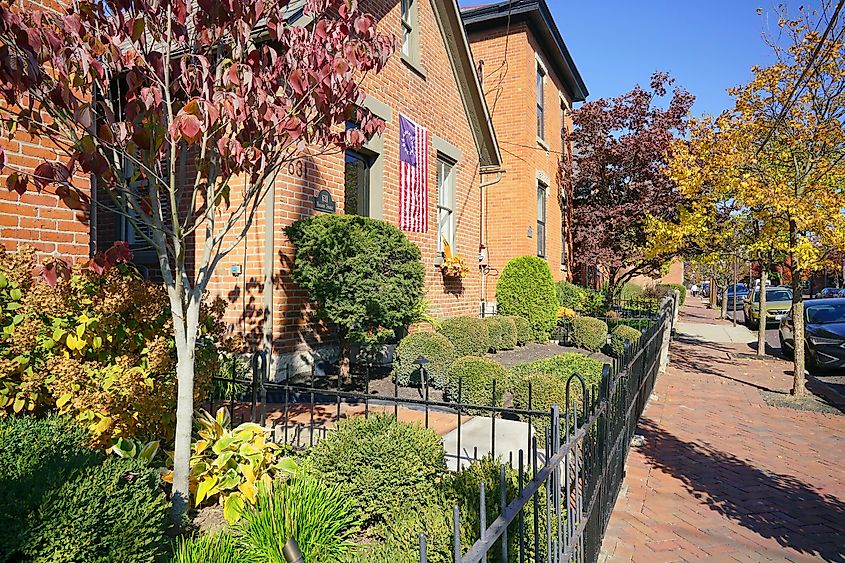
Germantown is a historic settlement in Montgomery County, established by German-speaking immigrants from Pennsylvania in 1804. It has a captivating heritage extensively documented by the Historical Society of Germantown, founded in 1973. The Shuey Mill is Germantown's oldest building, providing a vivid picture of the town from its infant years. It was constructed by the community's founder, Philip Gunckel, in 1806, before the current structure replaced it in 1844. Elsewhere, tourists will appreciate old-world engineering and craftsmanship by visiting the Historic Germantown Covered Bridge, which remains strong and functional despite being constructed in 1870. Another interesting landmark worth checking out is the Florentine Restaurant, which has been welcoming guests for well over two hundred years.
Lebanon
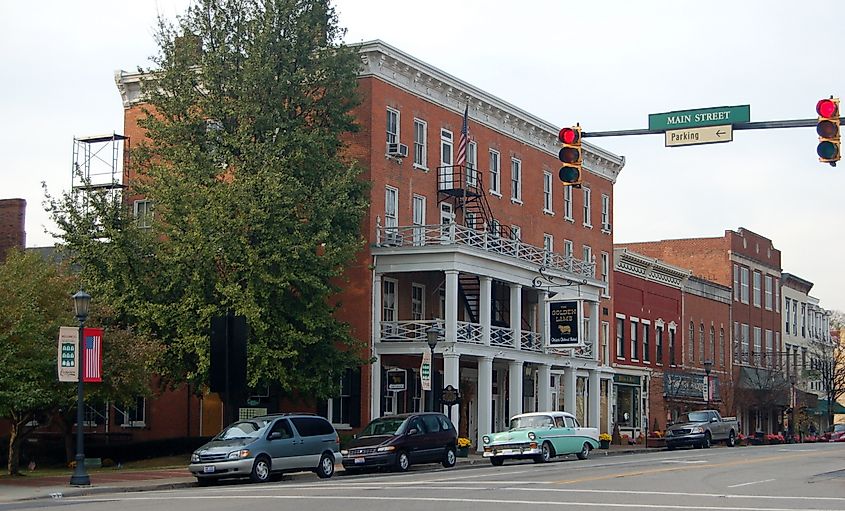
This unpretentious community in Warren County provides an authentic trip down memory lane, with fascinating stories of famous visitors like Charles Dickens and Mark Twain. Lebanon was established in the early 1800s, and it did not take long before the Golden Lamb Restaurant and Hotel was built. Since 1803, this rustic inn is the oldest in the state and has hosted dignitaries, politicians, celebrities, and ordinary folks in its romantic old-world rooms. Lebanon's beautiful story is comprehensively told by the Warren County Historical Society, where you can find galleries of artifacts dating back to the pioneer days.
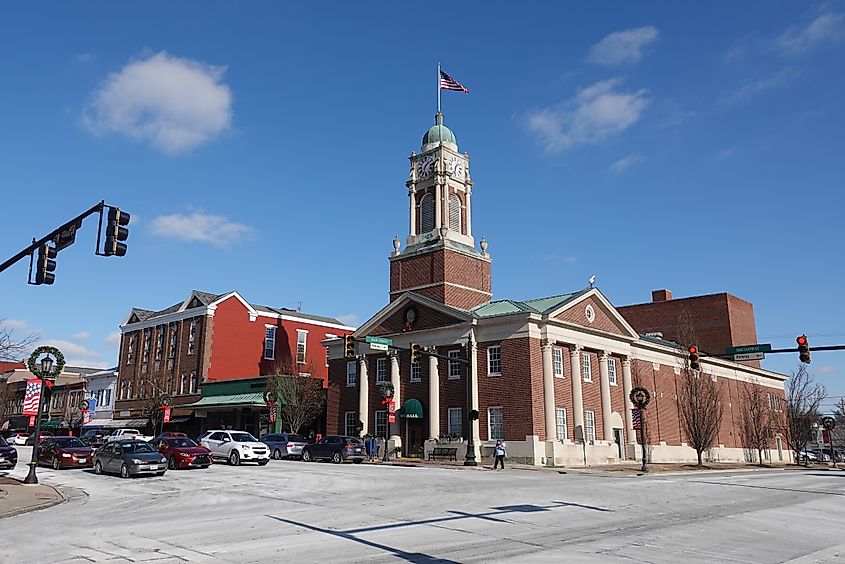
The Harmon Museum presents an alternative look into history from an artistic point of view, showcasing an award-winning collection of art and antiques exploring southwest Ohio's heritage. Finally, the Lebanon Mason Monroe Railroad invites vacationers to experience railway heritage on a historic diesel locomotive as it rolls through scenic Warren County.
Steubenville
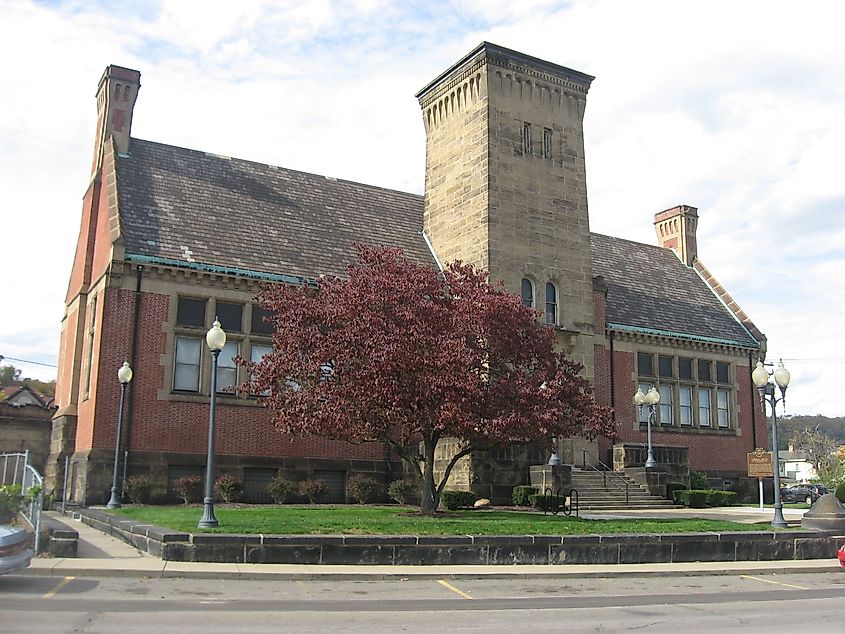
Steubenville is known as the "City of Murals," which stems from the dozens of massive downtown murals representing a tapestry of the town's history through the Civil War, Second World War, and other notable periods. At Historic Fort Steuben, a reconstructed 18th-century fort provides a portrait of the Ohio frontier using multiple old buildings furnished with period exhibits.
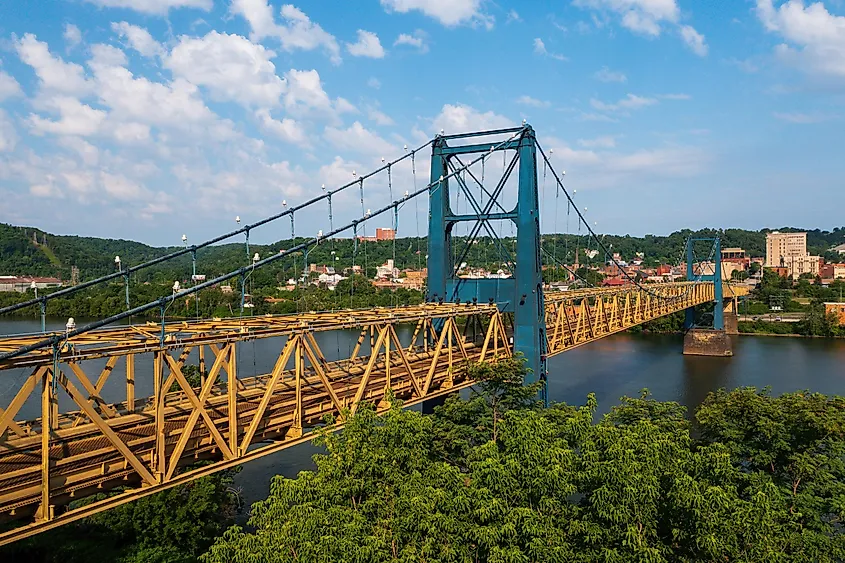
Historians will also want to tour the Jefferson County Ohio Historical Society, responsible for preserving the region's heritage. Inside the museum, you can explore an array of rustic pottery, antique furniture, Civil War records, and other pioneer memorabilia. Before leaving Steubenville, be sure to shop for a unique memento at the Antique Warehouse.
The Past Comes To Life In Ohio's Small Towns
From Germantown to Georgetown, these Ohio towns that echo the past connect tourists with the rich heritage of the Buckeye State through fascinating stories, preserved architecture, and timeless charm. Each destination offers a unique window into Ohio’s early days, from its role in the Civil War to its industrial rise. By exploring these rustic communities, visitors uncover history through authentic experiences in the United States. In every brick and byway, Ohio’s enduring spirit and storied past come vividly and unforgettably to life.











